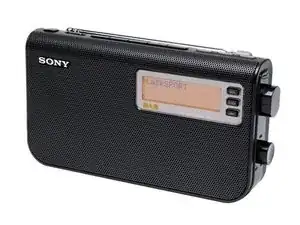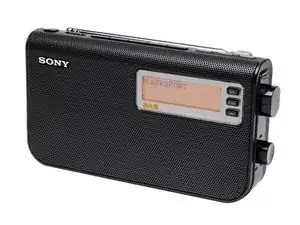General
Digital Audio Broadcasting (DAB) and its enhanced version, DAB+, represent significant advancements in radio technology compared to traditional analog broadcasts. DAB utilizes digital signals to transmit audio, offering improved sound quality and a wider range of stations than FM or AM radio. One of its key benefits is the ability to broadcast additional data alongside audio, such as song information and station logos, enhancing the listener experience.
DAB+ builds upon the foundation of DAB by employing more efficient audio codecs, resulting in even better sound quality at lower bitrates. This efficiency allows for more stations to be broadcast within the same bandwidth compared to DAB, making it a preferred choice for broadcasters looking to maximize spectrum use.
Both DAB and DAB+ radios are designed to receive these digital signals, providing listeners with clear, interference-free audio. They often feature easy tuning and station selection through menus or presets, akin to digital television receivers. Additionally, many DAB and DAB+ radios are portable, allowing users to enjoy digital radio broadcasts on the go.
The adoption of DAB and DAB+ varies globally, with some countries embracing digital radio as the future of broadcasting due to its benefits in sound quality, spectrum efficiency, and additional data services. However, the transition from analog to digital radio broadcasting has been gradual and influenced by factors such as infrastructure investment, listener adoption, and regulatory support.


